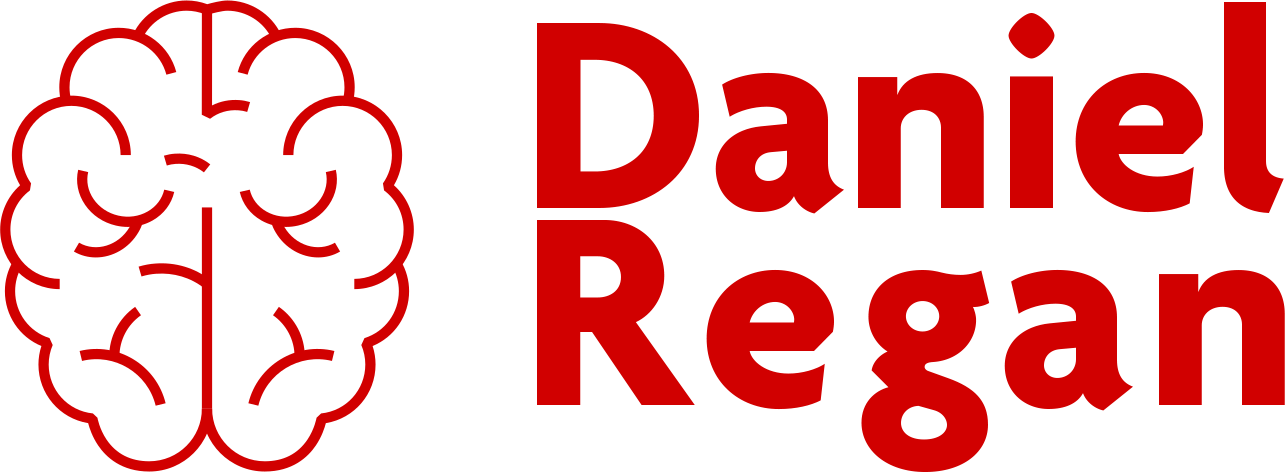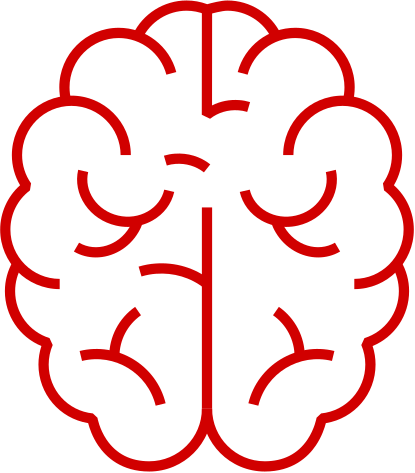A New Language
This personal essay was commissioned by The Lancet Psychiatry and published in their December 2020 issue. Below is an excerpt. Click here to read the full article (register and follow the link, it’s free).
My childhood was scattered with family complexities, from transcultural trauma to crime, incarceration, and a history of psychiatric illness. My upbringing had a seriously damaging effect on my mental health as a young person. As an adolescent, it was arduous for me to visualise what life could be like as an adult, as each day brought insurmountable challenges. Discovering photography led me to see myself and the world differently.
My grandfather gifted me a Pentax 35 mm camera at around the age of 12. This event coincided with the onset of my difficulties—struggling to manage my emotions, later leading to self-harm and difficulties with eating. As I began to withdraw from those around me, the camera became a private extension of my thoughts and feelings. This secret process of creating allowed me to explore that which I could not convey with words. I discovered a new language.
I unexpectedly pursued a BA in Photography, not because I actively wanted a career as a photographer, but because devoting my time to photography had become a life- saving experience. During my undergraduate studies I was deep in the throes of crisis after crisis, resulting in both inpatient and outpatient care, rebounding from one service to another. The one constant that remained was my ability to document, process, and reflect on these experiences through the images that I created. I photographed the changes in my body, including the self-inflicted scars; the hospitals that I passed through; my friends and lovers; images of hope and darkness that represented the descent into each crisis and its recovery. I did not create to pass my course, but to stay alive.
My degree provided me with the time needed to intricately explore my mental health difficulties and my relationship to photography. Without it, I am not sure that I would be alive. However, I struggled to share my work with my peers and lecturers because of how personal it was. My images of self- harm and hospital beds felt about as different as they could be from the work of my fellow students. Photography had always been an intensely private act for me.
In my twenties I was naturally drawn to photographing and working with individuals or charities focusing on themes of mental health. In 2011, I began to work with the charity Alopecia UK, spending 4 years interviewing and photographing those affected by traumatic hair loss. These conversations about our different bodies—mine scarred, theirs hairless—were the foundations for a shared vulnerability. I became acutely aware of my own lived experience and its power to connect with others, discovering that there is, in fact, great strength in vulnerability.

